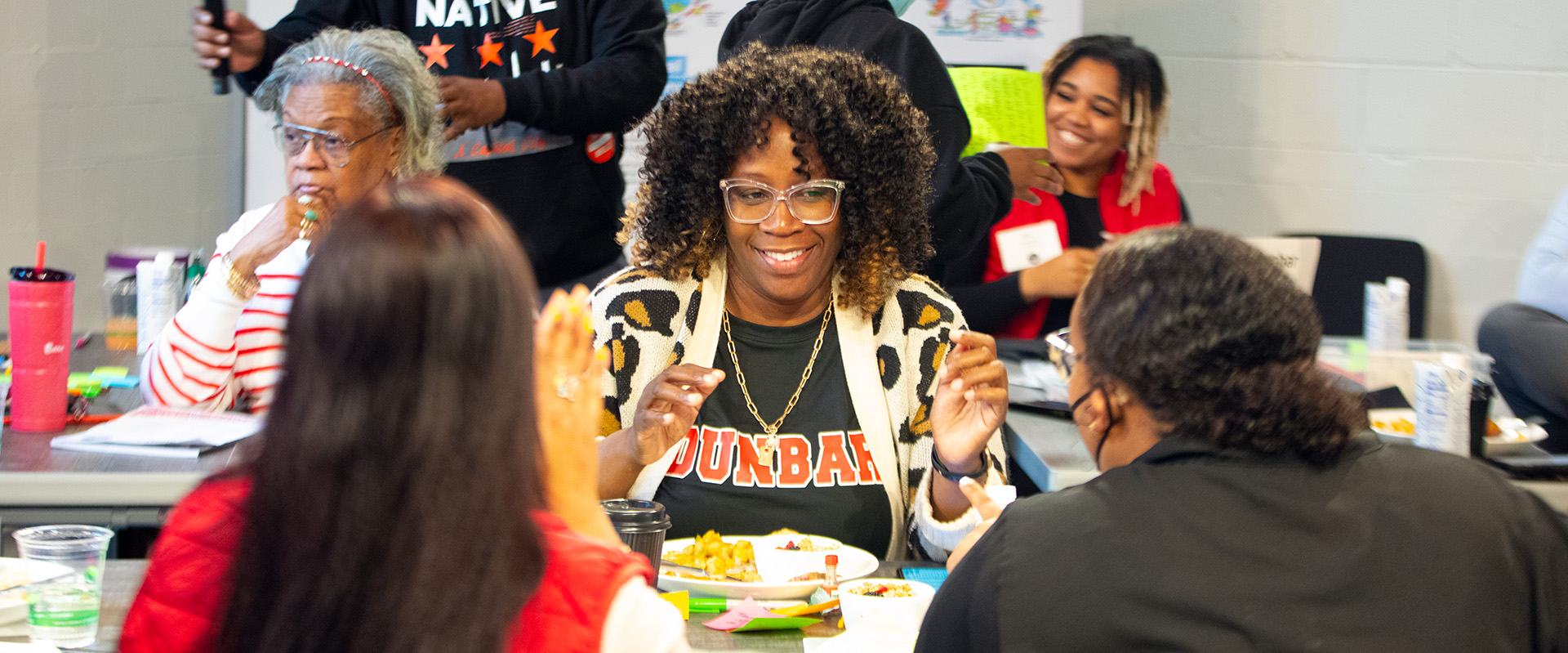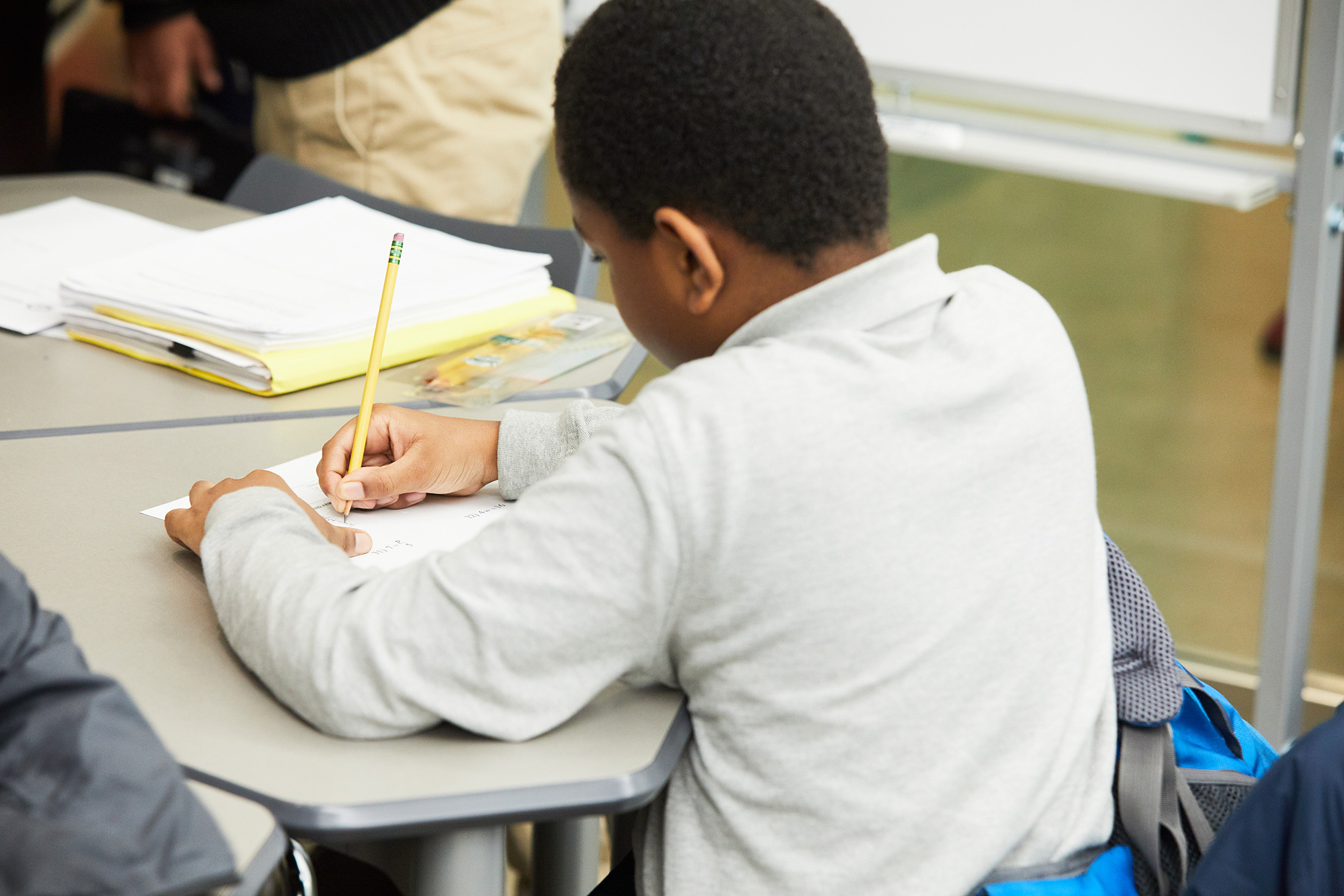Helping Students Learn Independently from Home
Educators have said that moving to a more student-directed learning environment will be challenging in remote settings. Here are some tips to help you transition.

PHOTO BY ANNIE SPRATT ON UNSPLASH
Following the recent shift to remote and distance learning, the Learning Accelerator (TLA) surveyed teachers across the country in order to better understand their most pressing challenges. We heard educators’ concerns loud and clear—moving to a more student-directed learning environment is not a simple task and will force educators to take on a much larger role in students’ daily learning.
The big question: How can educators help set up daily structures at home to allow students to engage with content, feel supported, and create habits that build independence? It can be much harder in a remote environment to supervise work, give immediate feedback and remind students to stay on task. And, given these increased challenges, it’s essential—now more than ever—that students build the skills to successfully carry out independent work.
To help, TLA identified three major components to consider when supporting students (and guardians) who are making the move towards greater independent, student-directed learning.
CREATE CLEAR EXPECTATIONS FOR STUDENTS’ INDEPENDENT WORK
Research and experience both highlight the importance for routines and structures in all learning environments. Routines help students feel safe, promote accountability, provide clarity, minimize behavior problems, and help students build independence. Appropriate structures and a supportive workspace also ensure that students have the infrastructure they need to focus and succeed. Consider the following tips and resources when providing your students with guidance on setting up a schedule, space, and expectations for independent work.
- SET UP A WORKSPACE
- Encourage parents and students to create a dedicated place for learning. Ideally, this space will be the same every day, have minimal distractions (i.e., not in front of the TV or anywhere with a lot of foot traffic) and minimal clutter.
- Allow students to be a part of creating their workspace to help boost investment and build autonomy.
- See what a flexible learning environment with embedded student choice looks like in a school-setting and consider how this strategy can be applied at home.
- Leverage technology to minimize distractions.
- These recommended apps can help students focus.
- Encourage parents and students to create a dedicated place for learning. Ideally, this space will be the same every day, have minimal distractions (i.e., not in front of the TV or anywhere with a lot of foot traffic) and minimal clutter.
- ESTABLISH A SCHEDULE
- Ensure that students have a clear daily schedule. Don’t assume the same schedule will work for every student, or even for the same student routinely. Families have competing commitments, so aim for suggestions and flexibility. Also make sure they have a clear plan for what to do if they finish early. When building a schedule, it is important to think about:
- Must-haves (e.g., time for food, content, activity); for mandatory activities that don’t involve choice, clearly mark them as such.
- Daily kick-offs (e.g., a warm-up to help students set goals and assess their progress).
- A way to complete their schedule in a consistent manner (e.g., daily reflections, setting future goals, brain dumps).
- Multiple organizations have compiled resources to help educators and families establish schedules:
- Wide Open School has created daily schedules with linked content and suggestions for activities for each part of the day.
- CREATE CHOICES
Opportunities for options within a schedule is also important. You can do this by:
- Providing built-in times in their schedule to allow students to choose the activities they would like to complete. This could include choice boards, playlists, independent research time on a topic of their choice, or reading a book of their choice.
- Use playlists and choice boards to encourage self-directed learning. Choice boards allow for student autonomy and agency as they let students choose their own learning paths.
- Learn how to set up choice boards to meet varying student needs.
- Consider creating differentiated playlists so that students always know what comes next.
LET STUDENTS KNOW HOW THEY CAN REACH OUT FOR HELP
Knowing where, when, and how to seek help is an important skill to address when shifting to independent and student-directed learning. You can begin this process by chatting through different scenarios and helping students understand which supports are appropriate and match their needs. This discussion will encourage students to seek out answers on their own. One approach that works both in the classroom and at home is “three before me,” a strategy that forces the student to look for additional support (both “outside” and at home) before reaching out to the teacher directly. These supports can include peers, search engines, their families, and more. By “scaffolding” help-seeking, you are building students’ skills and confidence around working independently and driving their own learning. Explore additional considerations, resources, and approaches to building students’ skills around “outside” and at-home supports below.
- “OUTSIDE” SUPPORTS
- Set up office hours via video conference apps, or by phone, and let students and parents know when you’ll be available to provide real-time support.
- Consider hosting small-group office hours where students can get not only your support, but the support of their classmates as well.
- If you teach multiple subjects, create separate office hours for the different content areas you teach. If you have a co-teacher, discuss splitting office hours based on content or by day or time to help lessen the workload.
- Send frequent reminders to parents and students about your availability.
- Encourage students to connect with each other to process content. In a classroom setting, students would engage in think-pair shares, small-group work, and class discussions. Have students reach out to one another when possible to reflect on their work and share ideas.
- For older students, create virtual “table groups” with discussion threads to allow students to ask one another questions and discuss assignments.
- Apart from designated office hour times, set up opportunities for students to connect quickly and via chat-based channels.
- Set up office hours via video conference apps, or by phone, and let students and parents know when you’ll be available to provide real-time support.
- AT-HOME SUPPORTS:
Encourage families to establish clear times when caregivers will be available (if possible) to help with schoolwork.
- Have families set up time at the beginning of the day to help students preview their work and at the end of the day to review their child’s work.
- Ask students to track questions they have throughout the day on sticky notes and have caregivers review with them and answer what they can. Questions that can’t be answered by caregivers can be saved to share with teachers during office hours or via email.
PROMPT STUDENTS TO REFLECT ON THEIR WORK AND SET GOALS
One of the most important parts of building student capacity for independent work is helping students see the big picture, which oftentimes inspires motivation. Formal and informal reflection and goal-setting can serve as ways to boost engagement and help students become self-directed learners as they determine what they’d like to accomplish in the short and long term. Read below for suggestions on how to help students create structures for reflection and goal-setting.
- FORMAL REFLECTION AND GOAL-SETTING
- Provide students with clear structures for formal goal-setting and reflection. Embed these structures into their daily schedule with set time dedicated at the beginning and end of each day.
- Have students set daily mini-goals that are easily attainable, such as reading for 30 minutes. Introduce “Visible Thinking Routines” to target different types of thinking and provide a routine structure for reflection.
- Assign a different core routine to the end of different lessons that students complete to encourage them to continue reflecting after the lesson ends.
- INFORMAL REFLECTION AND GOAL-SETTING
- Have families create time during dinner for students to share their reflections of the day, celebrate accomplishing their daily goals, and set goals for the following day.
- Encourage students to connect with classmates to share their goals. This strategy fosters accountability and helps students to clearly articulate and internalize their goals.
- Consider opening up a discussion online for students to chat about their goals and provide one another with encouragement.
- Add a celebration to your morning meeting or other live calls for those who have met their goals.
Looking for more help? TLA has partnered with GetSetUp.io to help teachers access free group-based online training on screencasting, video tools, and more.
We know that the transition to remote and distance learning has been a hard one. To help teachers, school leaders, and students succeed in this new environment, tell us how your school is getting it done or fill out our guest blog form if you’d like to share your story.









